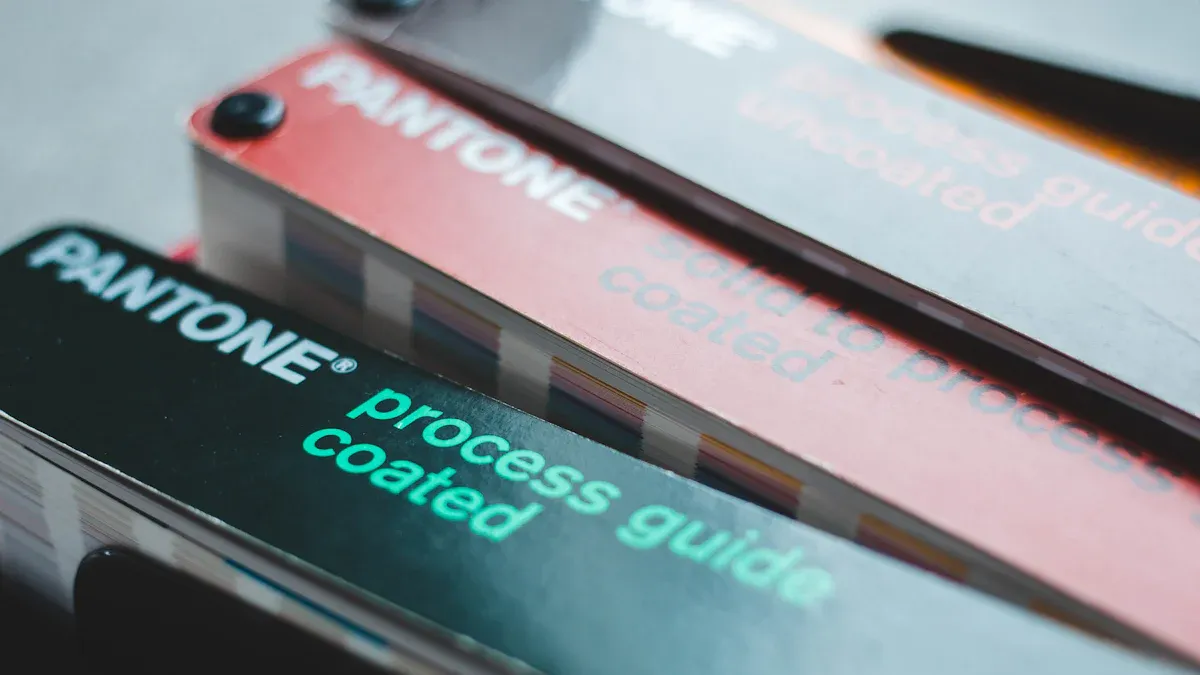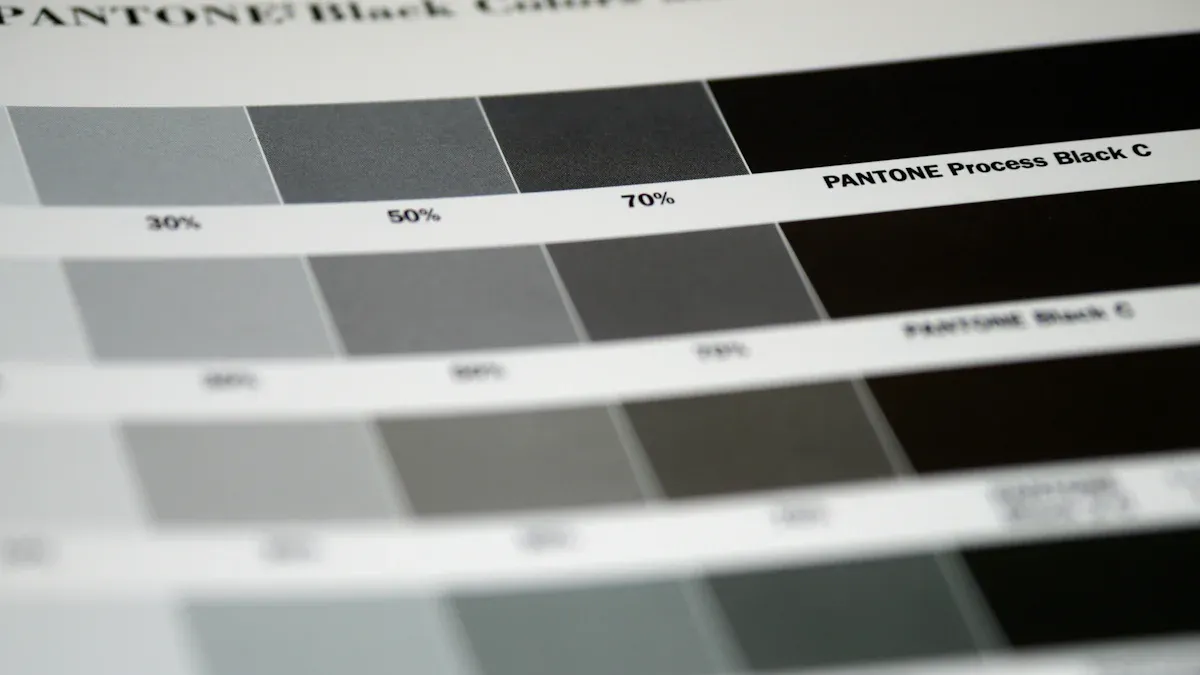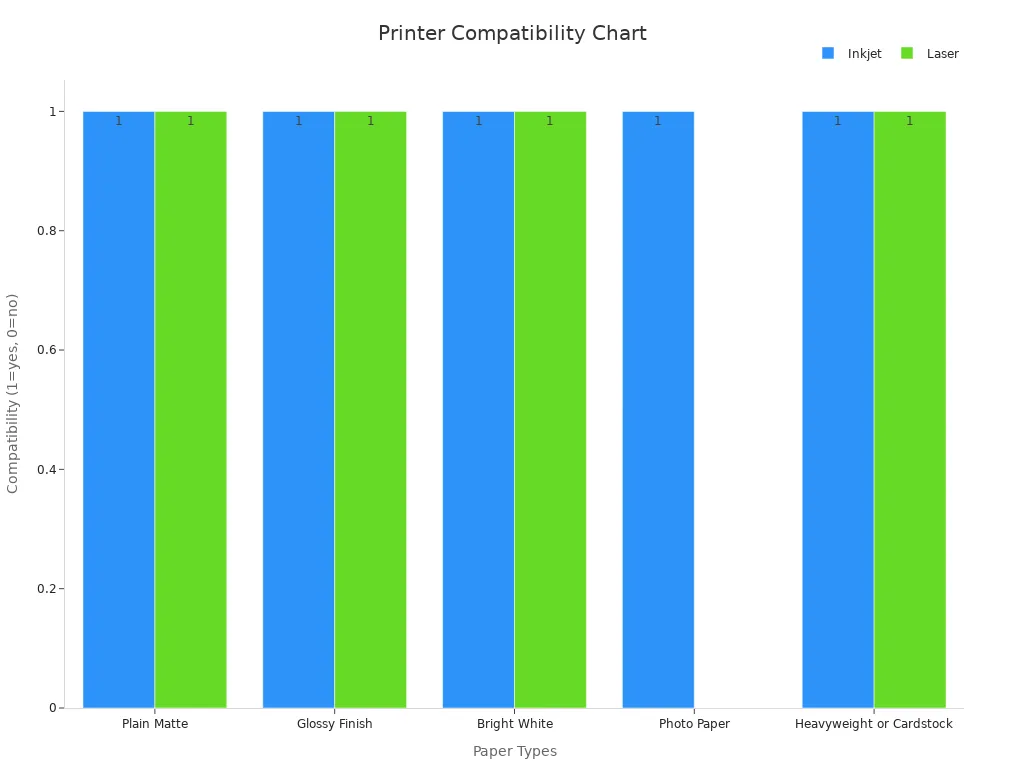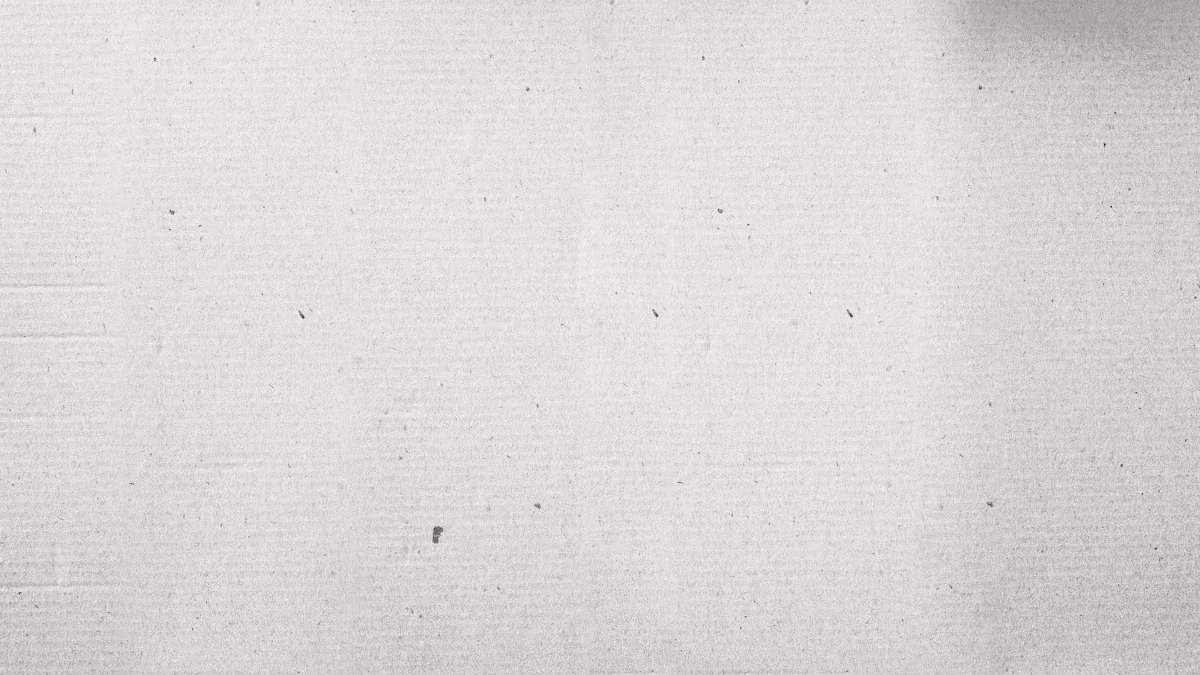How to Select the Perfect Printing Paper for Your Project

Choosing the right printing paper is very important. It helps your prints look better and last longer. Things like texture, weight, and finish matter a lot. These features can greatly affect how good your work looks. By knowing these details, you can make smart choices for your printed materials.
Key Takeaways
Picking the right printing paper improves your prints. Think about texture, weight, and finish.
Know the difference between coated and uncoated paper. Coated paper has brighter colors and clearer images. Uncoated paper absorbs ink better and is easier to write on.
Choose paper based on your printer type. Inkjet printers work best with coated paper. Laser printers need certain weights for the best results.
Notice the paper weight, which is measured in GSM. Heavier paper usually gives better print quality and looks more professional.
Match your paper choice to what you need. Use glossy paper for marketing materials and textured paper for art prints to get the right look.
Types of Printing Paper

When you pick printing paper, knowing the types is very important.
Coated vs. Uncoated Paper
Coated and uncoated paper have different uses. Coated paper is smooth and makes colors pop. It gives sharper images and brighter colors. This paper is also tougher and fights dirt and water better than uncoated paper. Here’s a quick comparison:
Feature | Coated Paper | Uncoated Paper |
|---|---|---|
Surface Texture | Smooth surface | Rougher texture |
Color Vibrancy | Brighter and sharper colors | Duller ink colors |
Durability | Better at resisting dirt and water | Easier to damage |
Absorbency | Less absorbent | More absorbent |
Handling Resistance | Tougher when handled | More delicate, easier to damage |
Coated papers are often covered with a layer that makes them last longer. On the other hand, uncoated papers are more fragile and can get damaged by the environment. Your choice between coated and uncoated paper will depend on what your project needs.
Specialty Papers
Specialty papers are for special uses. They include types like textured, shiny, or even eco-friendly papers. The market for specialty paper is growing because more people want green options. New ideas like biodegradable coatings and papers made from plants are becoming popular, especially for food packaging. But there are challenges, like strict rules that can raise costs for makers.
Recycled Paper
Recycled paper is a green choice that helps cut down waste. It comes in many weights and finishes, making it useful for many projects. Using recycled paper supports the environment and often gives a unique look and feel. Many companies now choose recycled paper to meet their green goals.
Choosing the right paper type can greatly affect your project’s success. Think about the features of each type to make a smart choice.
Printer Compatibility
When you choose printing paper, think about your printer. Different printers work better with certain paper types. Knowing this can help you get great results for your projects.
Inkjet Printers
Inkjet printers do well with many paper types. They shine with coated papers, which make colors brighter. Treated paper is becoming more popular because it works well with inkjet printers. Here are some good paper types for inkjet printers:
Photo Paper: Best for amazing color quality.
Glossy Finish: Makes colors pop, great for photos and ads.
Plain Matte: Good for documents with a lot of text.
Laser Printers
Laser printers also need certain paper types to work well. Good printer paper gives clear text and images. Using quality paper has many benefits:
Professional Appearance: Good paper makes printed items look better.
Durability: Quality paper lasts longer and resists damage.
Enhanced Ink Absorption: This stops smudging and bleeding, important for nice documents.
Here’s a quick look at good paper types for laser printers:
Printer Paper Type | Suitable Printer Types | Key Features |
|---|---|---|
Bright White | Inkjet, Laser | Very bright for clean, colorful prints. |
Heavyweight or Cardstock | Inkjet, Laser | Thick, strong paper for business cards and posters. |
Specialty Printers
Specialty printers work with unique paper types. They can use different materials, like:
Adhesive Labels: Come in permanent, removable, and repositionable types.
Vinyl: Great for outdoor signs because it lasts long.
Wood Veneer: Makes special business cards or plaques.
These printers let you try creative ideas for your projects. Always check your printer's details to make sure it works with your chosen paper type.

Paper Weight Guide

When you choose paper weight for your project, knowing GSM (Grams per Square Meter) is very important. This number shows how heavy the paper is and affects how it works.
Understanding GSM (Grams per Square Meter)
GSM is a key measure in printing and packaging. It tells you how heavy the paper is. Higher GSM means thicker and heavier paper. Thicker paper is stronger and prints better. For example, premium packaging uses higher GSM for a nicer feel and look.
The best GSM range for copier paper is 51 to 80 GSM. This range is good for weight and cost. Many businesses, schools, and government offices use this GSM because it works well with fast printers. Also, copier paper in this range helps prevent paper jams, making it a smart choice for many uses.
Common Weight Categories
Different printing papers have different weight categories. Here’s a quick look at common weights:
Paper Type | Weight (lbs) | Weight (GSM) |
|---|---|---|
Standard Printer | 20lb | 75 GSM |
Heavier Printer | 24lb | 90 GSM |
Durable Printer | 28lb | 105 GSM |
Premium Printer | 32lb | 120 GSM |
Light Cardstock | N/A | 135-200 GSM |
Medium Cardstock | N/A | 200-300 GSM |
Heavy Cardstock | N/A | 300-400 GSM |
These categories help you pick the right paper weight for your needs. For example, if you want something strong for business cards, use a heavier cardstock.
How Weight Affects Printing
The weight of the paper affects how printing works and the final result. Heavier paper usually gives better print quality. It soaks up ink better, which helps stop smudging or bleeding. This is very important for professional documents and marketing materials.
Choosing the right paper weight can also improve how your printed materials look and feel. Heavier paper can make your project seem more special. On the other hand, lighter paper might save money for everyday printing.
Choosing the Right Paper Based on Project Type
Picking the right paper for your project is very important. Each project has its own needs. Here’s how to choose paper based on what you need.
Business Documents
For business documents, clarity and professionalism are very important. You want your papers to look nice and be easy to read. Here are some tips for picking the right paper:
Weight: Use paper that weighs between 20lb and 24lb. This weight feels strong but is not too heavy.
Finish: Choose uncoated paper for a classic look. It’s easy to write on and works well for reports, memos, and letters.
Color: Bright white paper helps with readability. It makes text stand out and looks professional.
For important papers, think about using high-quality options. They can improve your brand image and impress clients and coworkers.
Marketing Materials
Marketing materials need to catch attention and share your message well. The right paper can change how people see your materials. Here’s what to think about:
Type of Paper: Use coated paper for brochures and flyers. Coated paper makes colors brighter and graphics pop.
Finish: Glossy finishes are great for eye-catching visuals. They reflect light and make colors look more vibrant. Matte finishes reduce glare and give a classy look.
Weight: For brochures, a weight of 80lb to 100lb is best. This weight feels solid and shows quality.
Using the best paper for your marketing materials can help you stand out. Remember, first impressions are important!
Art Prints and Photography
For art prints and photography, the paper choice can change the final look. You want to show your work in the best way. Here are some key things to think about:
Texture: Smooth papers show detail and contrast well. They allow for sharp images and bright colors. Textured papers add depth and a nice feel, which can be good for some artworks.
Finish: Matte photo paper reduces glare and highlights tones. It’s great for fine art prints. Glossy photo paper makes colors brighter and details clearer, perfect for photos.
Whiteness: Bright white papers give higher contrast and richer colors. Natural whites work for softer tones and warmer images. Choose based on the mood you want to show.
For high-quality prints, think about using giclée printing. This method keeps detail and offers long-lasting quality, so your art lasts for years.
Choosing the right paper for your project type can improve the quality and effectiveness of your printed materials. Always think about what your project needs to make the best paper choice.
Key Paper Characteristics
When you choose printing paper, it's important to know key traits like brightness, opacity, and finishes. These traits can greatly affect how good your printed materials look.
Brightness
Brightness shows how much light the paper reflects. It usually goes from 60% to 90%. Higher brightness makes colors look brighter and images clearer. Here are some key points about brightness:
Brightness is measured from 1 to 100. Higher numbers mean better contrast and color.
A brightness level of 90 or more can really improve how good the print looks.
Brightness affects what customers buy, influencing 85% of them.
Characteristic | Description | Effect on Print Contrast |
|---|---|---|
Brightness | Shows how much light the paper reflects. | Higher brightness makes colors brighter and clearer. |
Opacity | Tells how much light goes through the paper. | Higher opacity hides printed images on the back side. |
Surface Quality | Describes how smooth or rough the paper is. | A smooth surface helps ink soak in better and makes images sharper. |
Opacity
Opacity shows how much light can pass through the paper. More opacity means less light gets through, which improves print quality. This is very important for double-sided printing. You want to make sure that text or images on one side don’t show on the other side.
Finishes (Glossy, Matte, etc.)
The finish of the paper you pick can change how your prints look. Different finishes have different effects:
Paper Finish | Effect on Color Appearance |
|---|---|
Glossy | Makes colors brighter and gives a shiny look. |
Matte | Gives a softer, less shiny appearance. |
Coated papers keep the ink on top, making them brighter.
Uncoated papers let ink soak in, making colors less bright.
Matte finishes are similar to coated but not as vibrant.
The look of coated and uncoated papers is very different. For example, the same ink can appear brighter on coated paper than on uncoated paper. This shows how the paper finish affects the colors in your prints.
Picking the right printing paper is very important for your project. Think about the paper type, how it works with your printer, its weight, and what your project needs. Each choice affects how your work turns out.
Feel free to try different papers. You may find new textures and finishes that improve your work. Testing different options can lead to great results.
Discover the world of printing paper and see what fits you best!
FAQ
What is the best paper for printing photos?
Use glossy or satin photo paper for photos. These types make colors brighter and details clearer. They give a professional look that shows off your images well.
How do I know if my printer is compatible with a specific paper?
Look at your printer's manual or specs. Find the recommended paper types and weights. Most brands give tips to help you get the best print quality.
Can I use recycled paper for all printing projects?
Yes, you can use recycled paper for many projects. Just make sure it meets your quality needs. Some recycled papers may feel different or weigh more, which can change print quality.
What weight of paper should I use for business cards?
For business cards, pick paper that weighs between 80lb and 110lb (about 300-400 GSM). This weight is strong and feels professional, leaving a good impression.
How does paper brightness affect print quality?
Higher brightness makes colors stand out and look clear. Bright white paper makes colors pop and appear more vivid. Choose paper with a brightness level of 90 or higher for the best results.
